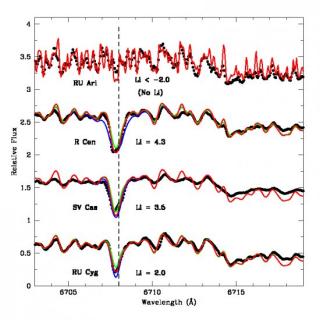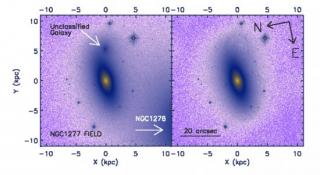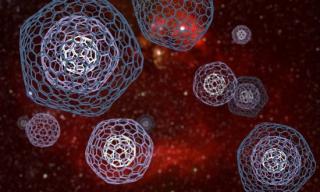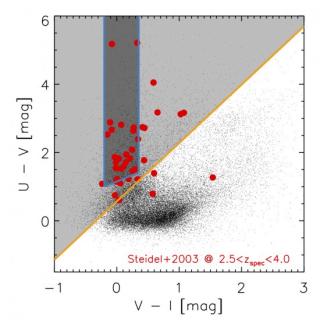
Supernova remnants are among the most spectacular examples of astrophysical pistons in our cosmic neighborhood. The gas expelled by the supernova explosion is launched with velocities ∼1000 km/s into the ambient, tenuous interstellar medium, producing shocks that excite hydrogen lines. We have used an optical integral-field spectrograph to obtain high-resolution spatial-spectral maps that allow us to study in detail the shocks in the northwestern rim of supernova 1006. The two-component Halpha line is detected at 133 sky locations. Variations in the broad line widths and the broad-to-narrow
Advertised on



